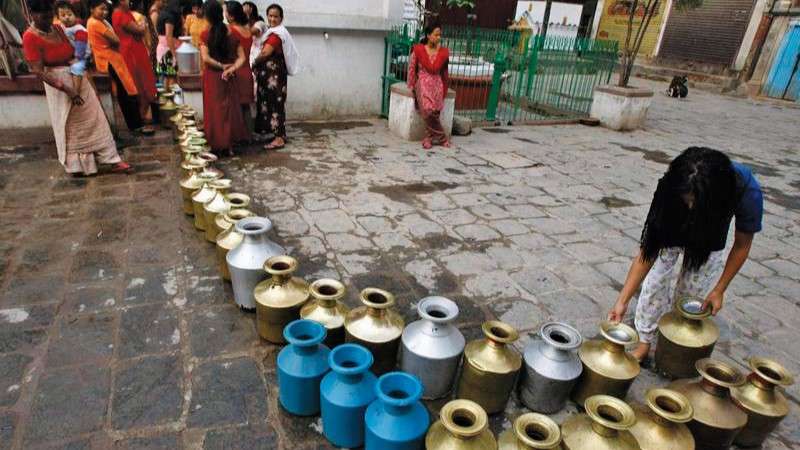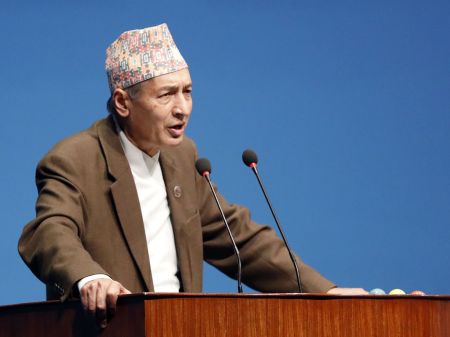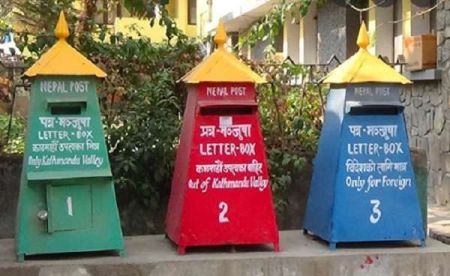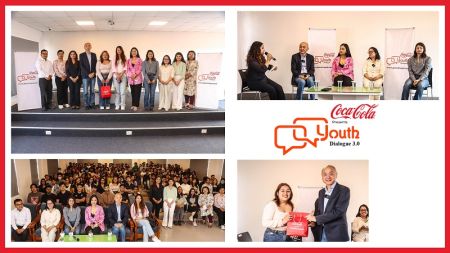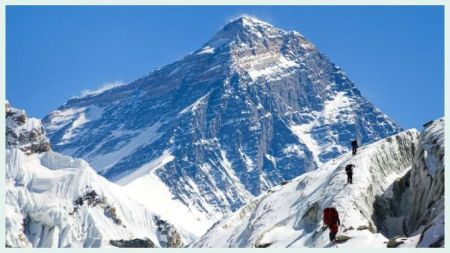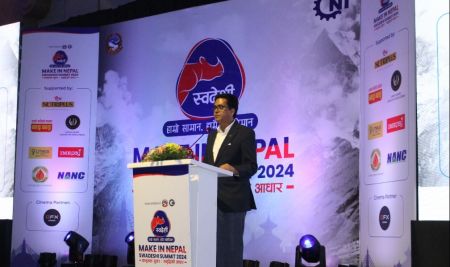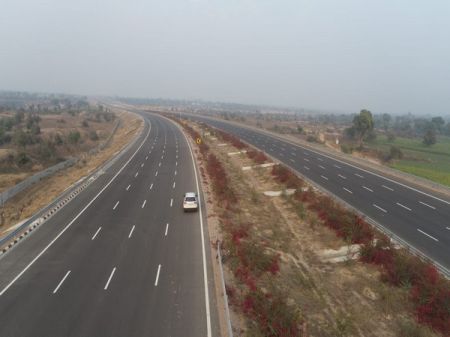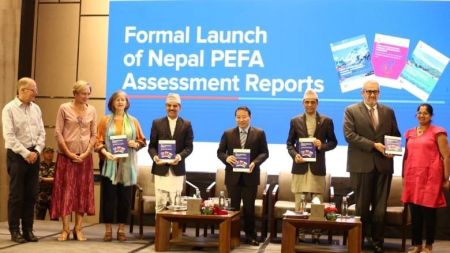BY Rajendra Prasad Adhikary
It is commonly believed that Nepal, nestled on the laps of the Himalayas adorned with numerous snow-capped peaks and a vast network of rivers, is not a water-scarce country. However, the geographical reality of the country tells a different story. Nepal suffers from an uneven spatial distribution of human settlements and access to flowing water. While rivers flow perennially through deep gorges below, human settlements and agricultural lands are situated on flat terraces and valleys in the uplands.
A similar predicament is faced by the inhabitants of Kathmandu Valley. A lack of snow-fed rivers in the Valley means residents here have to rely on either springs or groundwater replenished by monsoon rains. Gone are the days when valley dwellers, even up to the 1970s, could rely on river water for domestic needs, including bathing and cleaning.
The nearly four million people residing in Kathmandu Valley are in dire need of a dependable water supply. Numerous studies conducted by various organisations have concluded that the capital severely lacks both the quantity and quality of drinking water. Although 70% of households in the Valley are connected to public piped taps, they receive supply for a few hours only a couple of times a week. Over 14% of the population in the Valley relies on water supplied by tankers, while the remainder depend on stone spouts in their vicinity, dug wells, shallow or deep tube wells, or rainwater, for their water needs.
As Kathmandu Upatyaka Khanepani Limited (KUKL) stands as the sole public utility managing drinking water supply to the valley, the alarming disparity between drinking water demand and supply has escalated so rapidly that the day is not distant when people will take to the streets to protest the inadequate water supply for their survival.
According to KUKL, the average daily water demand in Kathmandu Valley is 375 million litres, while KUKL's supply stands at 119 million litres and 140 million litres per day during the dry and wet seasons, respectively. This stark disparity between supply and demand is driving Kathmandu residents to seek alternative sources of drinking water.
Surrounded by high hills on all four sides, Kathmandu's closest snowy watershed capable of providing consistent water lies in the Koshi basin of the Melamchi River in Sindhupalchowk district. However, over three decades of incomplete construction activities have posed significant challenges for the Melamchi project in diverting water from the Melamchi River to Kathmandu Valley. The Melamchi project aims to supply 170 million litres per day, which is about half of Kathmandu's current demand, and is expected to triple its flow when the Yangri and Larke rivers augment the Melamchi flow. Even with a consistent supply from Melamchi, the supply and demand calculations indicate that surface water supply alone cannot meet the requirements of Kathmandu's residents, especially considering the population growth rate of over 4.7% - more than double the national average. Groundwater extraction and rainwater harvesting are among the additional sources being considered to supplement the urban population's water needs.
Kathmandu Valley receives an annual rainfall of nearly 1,800 mm which is theoretically sufficient to meet the population's yearly water requirements.
When we reflect on the historical reliance on water sources by Kathmandu Valley dwellers, beyond the sparsely distributed stone spouts and private dug wells, the notion of drawing water from shallow and deep tube wells was unfamiliar. Monsoon rain-fed spring water would naturally emerge in paddy fields, flowing perennially in streams and rivers until the winter months, with some lasting into the summer dry period, allowing local farmers to irrigate their crops, particularly vegetables. Water consumption during this period was significantly lower compared to modern times, where besides personal consumption, considerable water is used for cleaning, toilet use, and vehicle washing.
The availability of lifting pumps in the market and installation of tube wells in the Terai districts led to their adoption in Kathmandu Valley, initially by star hotels and a few corporate houses in the 1970s. This practice has since proliferated rapidly, resulting in over-extraction of groundwater, leading to depletion of aquifer level and contamination of tube well water with arsenic and nitrites, rendering it unsafe for consumption without expensive treatment.
The influx of population towards the end of the 1970s disrupted the water balance between availability and population growth. The outskirts of the valley, adjacent to the foothills, were once terraced fields where rainwater was stored to cultivate paddy throughout the monsoon season. This seasonal storage of rainwater served as the primary source of groundwater recharge, ensuring perennial flow in stone spouts and dug wells around the urban population concentrated within the city centre. However, the conversion of these paddy-growing terraces into concrete jungles means rainwater flows to the nearest river, exacerbating urban flooding. The relentless cycle of extracting more groundwater than can be replenished has irreversibly damaged Kathmandu Valley's once-spongy aquifer, with the yearly groundwater depletion rate averaging over 80 centimetres according to various reports.
The monsoon rains, which once served as the primary water source for Kathmandu Valley, now fail to fulfil their potential due to the absence of reservoirs to retain water for post-monsoon use. Compounded by irregularities in rainfall patterns resulting from climate change, the monsoon has deviated from its typical consistency. This erratic rainfall pattern is responsible for river flooding, inundating settlements along their banks. In urban areas, rain is now predominantly associated with the risk of flooding and inundation, rather than being recognised as the invaluable gift of nature.
Kathmandu Valley receives an annual rainfall of nearly 1,800 mm which is theoretically sufficient to meet the population's yearly water requirements. However, it lacks the water storage infrastructure commonly implemented in other large and densely populated cities worldwide, such as household-level water tanks, groundwater recharge systems, and river dam constructions, which facilitate smart water management.
A pragmatic solution for every household in Kathmandu Valley is to install water retention tanks to harvest rainwater for use during dry periods. Filtered rainwater collected from rooftops can undergo basic treatment to purify it into potable water. The government can expedite projects aimed at rejuvenating aquifers by recharging groundwater through various means, including ponds, detention reservoirs, wells, tube wells, and other nature-based solutions.
A notable example of a large-scale rainwater harvesting project is situated within the Shivapuri Nagarjun National Park. With financial assistance from the Asian Development Bank, the government has constructed the Dhap dam which can hold 0.85 million cubic metres of rainwater. The 90-metre high Nagmati dam, with a capacity of 8 million cubic metres, is about to enter implementation. As these reservoirs are located within the Bagmati River watershed above Sundarijal, the water released from these reservoirs aims to augment water flow in Bagmati during dry season, thereby enhancing the river environment as part of the clean green Bagmati river initiative.
The initial plan of rainwater harvesting within the national park territory was to solely support the environmental flow of the Bagmati River. However, the Sundarijal water supply plant now relies on water from the Dhap reservoir to cater to the urban population deprived of the Melamchi supply. Following the success of large-scale water harvesting reservoirs in the national park, utilising technically feasible locations for rainwater storage could prove vital in meeting the escalating water demand of valley residents.
We are all aware that water is irreplaceable. It is, therefore, imperative that we take appropriate action before it is too late. Kathmandu Valley's rainfall data shows that it is not deficient in water from rain. What Kathmandu Valley needs is the implementation of effective water management strategies, such as storing monsoon rainwater for utilisation during the dry season.
(Adhikary is an engineer and served Nepal government in various high level capacities.)


